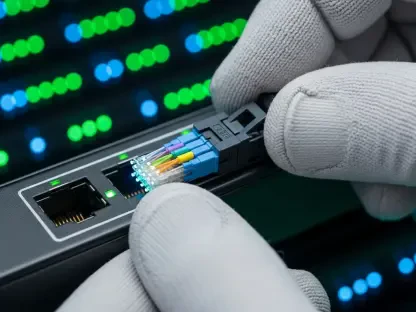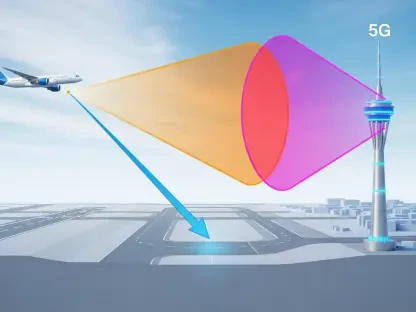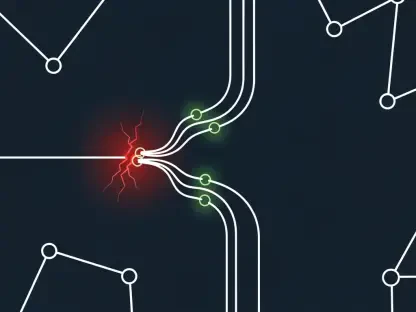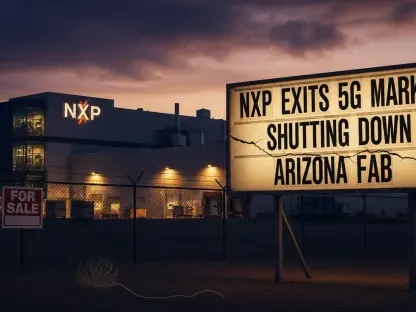In a rapidly evolving telecommunications landscape, the partnership between Samsung and Vodafone emerges as a potential game-changer for mobile network infrastructure across Europe, signaling a bold step toward transforming how networks are built and managed. This collaboration, focused on large-scale virtualized RAN (vRAN) and Open RAN deployments, highlights Vodafone’s aim to integrate Open RAN technology into 30% of its network by 2030, with Samsung playing a key role in diversifying supply chains and challenging the dominance of traditional vendors. This development not only emphasizes the growing interest in Open RAN as a means to foster innovation but also raises critical questions about the technology’s readiness to reshape an industry long reliant on established players. As Europe stands on the brink of a network revolution, the implications of this alliance extend beyond corporate strategies, touching on broader themes of competition, interoperability, and technological advancement.
Breaking New Ground in Network Technology
Pioneering a Multi-Vendor Future
The alliance between Samsung and Vodafone represents a significant push toward a multi-vendor approach in telecommunications, a core principle of Open RAN technology. This partnership encompasses a wide array of solutions, including 2G, 4G, and 5G technologies, along with O-RAN-compliant radios and Massive MIMO systems. Additionally, Samsung’s AI-powered CognitiV Network Operations Suite promises enhanced network management and observability, potentially setting a new standard for operational efficiency. Vodafone’s commitment to incorporating Open RAN into a substantial portion of its infrastructure by the end of this decade reflects a strategic move to reduce dependency on legacy vendors like Ericsson and Nokia. While the specifics of the deal, such as its financial scope or exact geographical reach, remain undisclosed, the collaboration is poised to influence how European operators approach network scalability and innovation in a competitive market.
Overcoming Initial Hurdles
Despite the optimism surrounding this partnership, the path to widespread Open RAN adoption is fraught with challenges that cannot be overlooked. Recent industry moves, such as Vodafone Three’s decision to partner with traditional vendors for 5G expansion in the U.K. without emphasizing Open RAN, have sparked doubts about the technology’s momentum. This hesitation suggests that while the concept of Open RAN is appealing for its promise of flexibility, practical implementation often lags behind expectations. Operators face technical complexities in ensuring interoperability among diverse vendor solutions, a cornerstone of the Open RAN ethos. Samsung’s selection by Vodafone as an official partner in this domain offers a counterpoint, reinforcing the technology’s relevance, yet it also highlights the need for consistent progress. The industry must address these initial stumbling blocks to build confidence among stakeholders and ensure that Open RAN can deliver on its transformative potential across European markets.
Industry Dynamics and Open RAN Challenges
Balancing Innovation with Practicality
The broader telecommunications industry presents a mixed picture when it comes to embracing Open RAN, with Samsung and Vodafone’s partnership serving as a focal point for both opportunity and scrutiny. On one hand, this collaboration signals growing investment in a technology that could redefine network architecture by promoting competition and reducing vendor lock-in. On the other hand, the slower-than-expected adoption rate reveals persistent barriers, including concerns over scalability and integration. Examples from other markets, such as Dish Network’s struggles in the U.S., where it failed to establish itself as a viable carrier despite early Open RAN enthusiasm, underscore the practical difficulties. Large operators like AT&T have adopted elements of Open RAN, often through contracts with established vendors, prompting debates about whether such implementations truly align with the technology’s open principles or merely pay lip service to the concept.
Navigating Vendor Dynamics and Skepticism
Delving deeper into industry perspectives, a spectrum of opinions emerges regarding Open RAN’s future viability and the role of partnerships like the one between Samsung and Vodafone. Industry leaders, such as AT&T’s Network CTO Yigal Elbaz, argue that the technology’s success hinges on established operators adopting a multi-vendor strategy with partners like Fujitsu, Dell Technologies, and Intel, rather than relying on greenfield startups. However, skeptics within the Open RAN advocacy space question whether traditional vendors are fully committed to interoperability, a critical component for achieving genuine openness. This tension between innovation and entrenched interests illustrates the complex dynamics at play. As the European market watches this collaboration unfold, the balance between leveraging cutting-edge solutions and navigating vendor-driven ecosystems will likely shape the trajectory of Open RAN adoption over the coming years.
Reflecting on a Pivotal Moment
Looking back, the collaboration between Samsung and Vodafone marked a defining chapter in the journey of Open RAN technology within Europe. This partnership not only showcased the potential for innovative network solutions but also laid bare the intricate challenges of disrupting a sector steeped in tradition. Moving forward, the industry must prioritize actionable steps, such as fostering greater interoperability standards and encouraging broader vendor participation, to ensure that Open RAN evolves from a promising concept into a practical reality. Operators and technology providers alike should focus on building robust frameworks for integration while addressing scalability concerns through collaborative testing and deployment. As the telecommunications landscape continues to shift, this alliance serves as a reminder that true transformation requires balancing bold ambition with pragmatic solutions, paving the way for a more competitive and dynamic future in network infrastructure.









